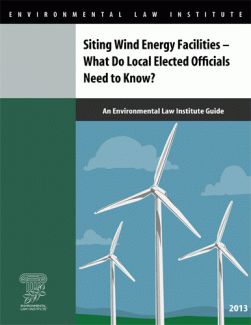We Need Data to Lower Lower Carbon Dioxide Footprints
The information gap on real-time carbon emissions from electric power plants continues to be a barrier for home and other building owners who want to reduce their carbon footprints. Emissions from generation change throughout the day, and some sources, especially those commonly dispatched during peak loads, can be significantly more carbon intensive. Without knowing the hourly emissions profile of their electricity use, once owners have exhausted efficiency gains they can only rely on conservation, reducing the amount of electricity used, rather than creatively managing when it is used.
In 2019, Trane Technologies created the Gigaton Challenge, which pledges a reduction in its customers’ emissions by one gigaton of CO2-equivalent by 2030. The lack of transparency of electricity generation emissions on an hourly basis makes this more challenging, since home and building automation systems optimize energy consumption from some of the largest electricity consuming devices, like HVAC systems, based on the time of day.
Real-time emissions data is a crucially missing piece of information for optimizing energy use in homes and other buildings. While both electric costs and emissions levels are generally correlated — higher electricity prices typically mean higher levels of emissions — that is not always the case. Without this data, it is difficult to optimize building heating and cooling systems based on the emissions profile of the grid. While it is easier to find the real-time price of electricity for customers who live inside organized wholesale markets, it is far more difficult — if not impossible — to determine the relevant required emissions information elsewhere.
In addition to challenging achievement of Trane Technologies’ goals, this lack of transparency limits quantification of emissions reductions policies. As electrification begins for traditionally fossil-fueled technologies such as vehicles, furnaces, and boilers, the true emissions impact will be unclear. Implied in the promise of beneficial electrification is the idea that the grid will become increasingly carbon-neutral, as increasing amounts of solar and wind energy replace traditional technologies such as coal and natural gas generation. The key challenge, however, is that renewable energy production is often unpredictable, which makes it difficult to know exactly which hours of the day HVAC systems should be running if their goal is to reduce emissions from the grid.
Trane Technologies supports a standardized emissions regime that enables building owners and policymakers to track emissions on a more timely and accurate basis. As it stands, the only widely available emissions data in the United States is published by EPA through its Emissions & Generation Resource Integrated Database, known better as eGRID. While these values are instructive, they are not granular and dynamic enough to be of use to optimize energy consumption. Emissions rates published by eGRID are annual average values, calculated by dividing total emissions by total megawatt-hour production for U.S. regions. This is not useful for building operators, who make decisions to operate HVAC equipment on an hour-to-hour basis.
Electric operators turn on power plants in line with demand. As the demand increases, more expensive (and dirtier) plants come online. This move up the generation supply stack frequently means shifting from emissions-free nuclear and hydro-electric resources to natural gas and coal-fired power plants. Naturally, this means that the emissions rates for the grid increase in line with the sources. An average annual emissions rate as provided by eGRID is insufficient to account for these intraday movements. A back of the envelope analysis of eGRID values finds that the emissions can be 50 percent higher or more than average annual values.
The capability to adjust to dynamic energy prices exists for homeowners and building operators of all types. What continues to be missing is the data transparency to realize that potential.




